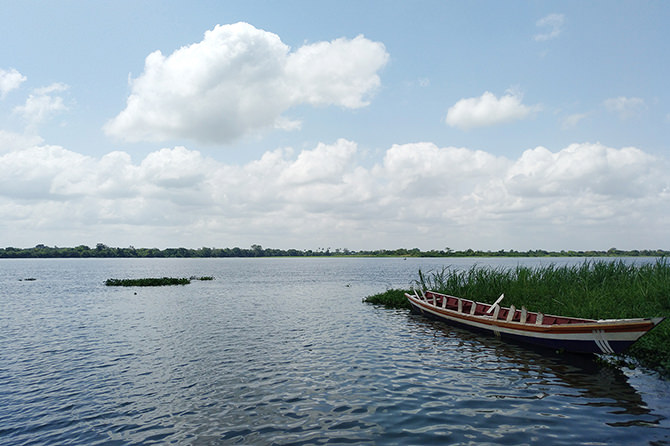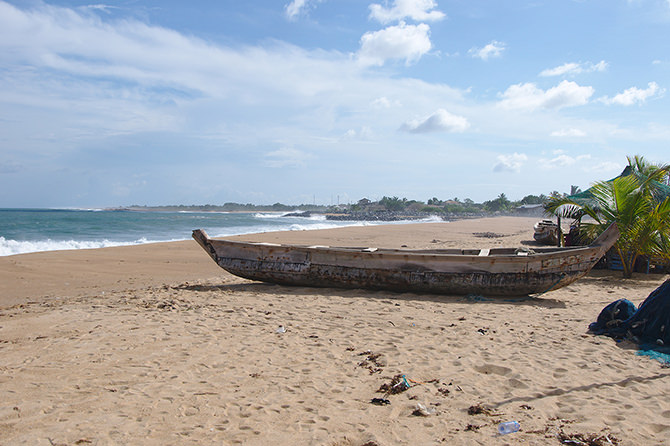SDM Project: Participatory Restoration of Keta’s Socio-ecological Production Landscapes and Seascapes
12.03.2024
SUBMITTED ORGANISATION
Small Actions for Enterprise (SAFE) Ghana
PARTNER ORGANISATIONS
Member of Parliament – Keta Constituency, Keta Municipal Assembly, Roots Club, Ghana Enterprises Agency formally (GEA), National Youth Authority, Ghana, Environmental Protection Agency, Ministry of Food and Agriculture, Ministry of Fisheries and Aquaculture, Forestry Commission, Ho Technical University (HTU), International Christian University (ICU), TBERN Foundation, Love Ghana Foundation
DATE OF SUBMISSION
29/11/2023
REGION
Africa
COUNTRY
Ghana
KEYWORDS
Satoyama, Waste separation, livelihoods and Lagoon
Link
Abstract
Keta Lagoon Complex Ramsar site lies in far Southeast of Ghana near the international frontier with Togo. The lagoon is an extensive, brackish water-body situated to the east of the Volta River estuary. The area of open water varies with the season, but is estimated to be 30,000ha, stretching for 40 km along the coast and separated from the sea by a narrow ridge with inflows from Todzie, Avu, Aka, Belikpa and the Lower Volta River. However, overdependence of its uses for livelihoods like fishing, fuelwood, pollution from plastics waste, climate change induced sea level rise and coastal erosion continues to eat away the Keta townships. These unsustainable practices have modified the ecology of the SEPLS. In recent times the annual flooding induced by excessive inflows from the sea erosion, siltation in the lagoon and the river systems has compounded the human and environmental security challenges of the Keta SEPLS. The main objective is to demonstrate how to restore and revitalize Keta Ramsar sites and the SEPLS to conserve ecosystem services to benefit the fishing community including families in Keta. Specifically, the project seeks to build multi-stakeholder partnerships, promote cyclic use of resources and build capacities on sustainable livelihood enterprises. SAFE Ghana conducted awareness creation workshops on SEPLS, capacity-building workshop on Locally Managed Fisheries Areas, homestay ecotourism, sustainable vegetable gardens in school, and environmental sanitation promotion in Keta-Kedzikorpe. SAFE Ghana collaborated with Ho Technical University in Ghana, International Christian University of Tokyo, Love Ghana Foundation and Roots Club to promote integrated interventions the local communities and schools in Keta. Key outputs of this project were the formulation of multi-stakeholder projects named Keep Keta Clean and Beautiful. Also, schools and children on the waste management and better management of SEPLs. In addition, SAFE Ghana developed and submitted proposal for skill trainings for local fisher folks and youth dependent on fisheries and vegetable production. Moreover, SAFE Ghana project with some women identified and started the homestay and ecotourism. Furthermore, the SAFE Ghana also engaged Anlo Traditional Council and Members of Parliament and other duty bearers and donors on the development of nature-based solutions for flood and disaster management in Keta SPLS.



